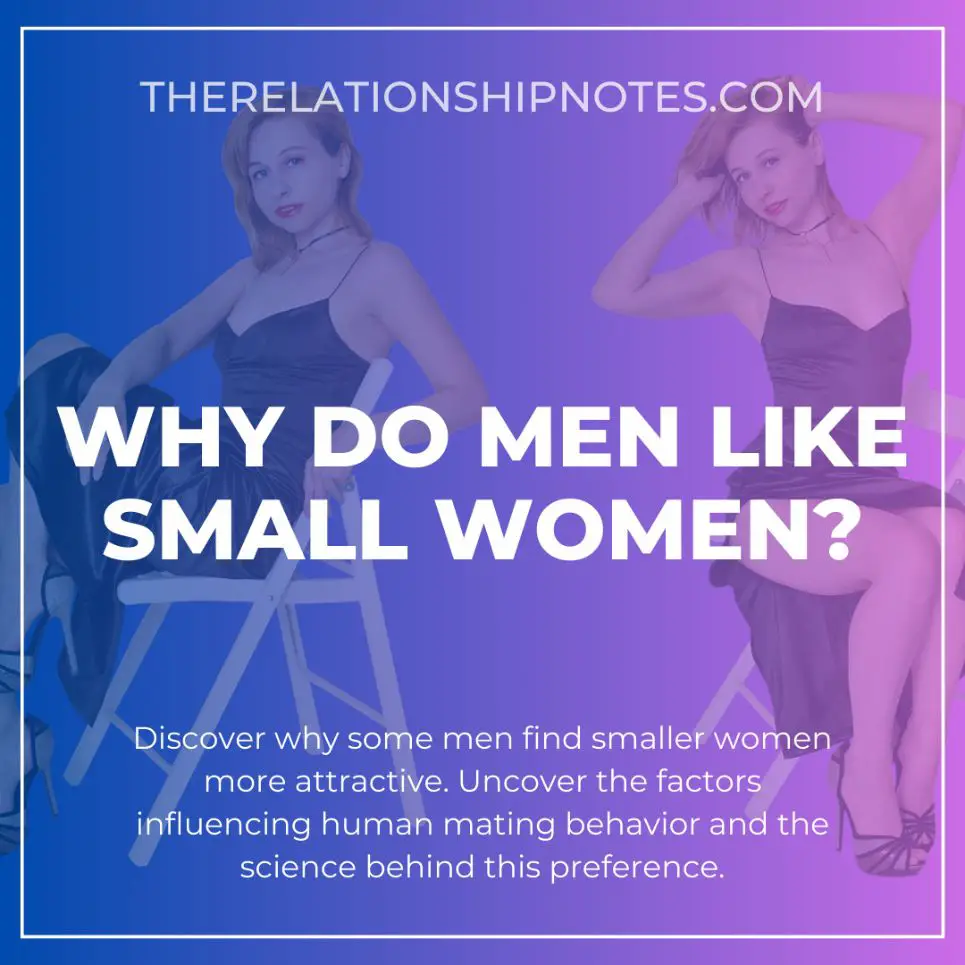When it comes to physical attraction, men and women often have different preferences.
Table of Contents
One common preference among men is for small women. But why do some men find smaller women more desirable?
This question has been the subject of much research in social sciences, as experts seek to understand the underlying factors that influence human mating behavior.
There are several theories that attempt to explain this phenomenon.
Some researchers suggest that a man’s preference for small women may be rooted in evolutionary biology – specifically, in an instinctive desire to protect and provide for a mate who appears vulnerable or delicate.
Others point to cultural influences that equate thinness with beauty and femininity, making petite women more attractive to men who subscribe to these values.
Despite ongoing debate about the reasons behind this trend, one thing is clear: many men find small women highly appealing, and understanding why can shed light on important aspects of human sexuality and relationships.
Summary
- Men’s preference for small women may be influenced by both evolutionary biology and cultural factors, such as the desire to protect and provide for a vulnerable-looking mate and societal beauty standards that equate thinness with femininity.
- Physical attraction is a complex phenomenon influenced by personal preferences and societal conditioning, including the impact of body positivity movements that challenge narrow beauty standards.
- Social science research has explored mating behavior and preferences for physical attributes, but individual differences and evolving gender roles challenge simplistic explanations.
- Evolutionary biology plays a role in mate selection, with height differences and perceived dominance being factors that influence attraction towards smaller women.
- Cultural influences shape beauty standards and preferences, with thinness often associated with femininity and attractiveness, but there is a growing movement towards body positivity and diverse representations of beauty.
1. Physical Attraction And Preferences
Physical attraction is a complex phenomenon influenced by various factors, including personal preferences and social conditioning.
One common preference among men is the desire for small women.
While this preference may be rooted in traditional gender roles that associate femininity with petite frames, it is important to consider the impact of body positivity movements on these attitudes.
Body positivity advocates argue that all bodies are beautiful, regardless of their size or shape.
They aim to challenge narrow beauty standards that portray thinness as the ideal and promote acceptance of diverse body types.
However, despite these efforts, many people still hold onto internalized beliefs about attractiveness that prioritize smaller sizes.
This can create pressure for some individuals to conform to this standard and negatively impact their self-esteem.
Moreover, it is worth considering health concerns related to weight when discussing preferences for small women.
Thinness does not necessarily equate to good health, and promoting an unrealistic ideal can have adverse effects on physical well-being.
It is essential to encourage healthy habits such as regular exercise and balanced nutrition rather than fixating on specific body types as desirable or attractive.
More Articles:
2. Social Science Research On Mating Behavior
Research in social sciences has long focused on the mating behavior of humans, including preferences for physical attributes.
One such attribute that often comes up is body size and shape, specifically with regards to men’s preference for smaller women.
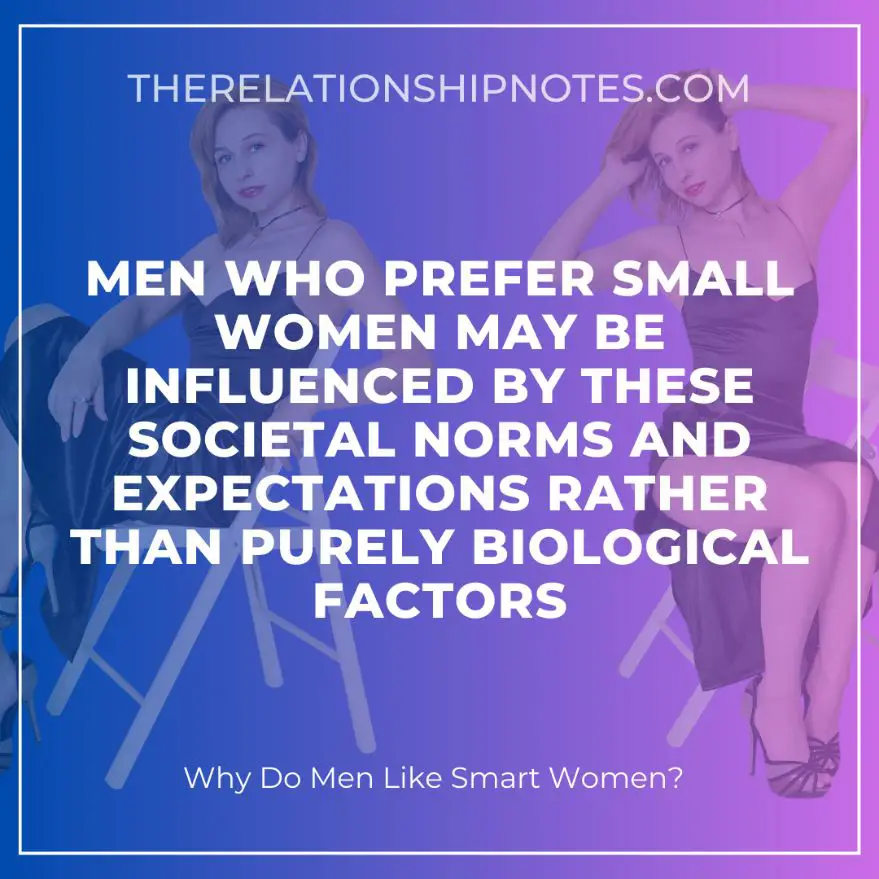
However, this preference may not be entirely based on objective traits.
Gender bias plays a significant role in shaping societal expectations of attractiveness.
Women are often expected to conform to certain beauty standards, which can include being thin or petite.
Men who prefer small women may be influenced by these societal norms and expectations rather than purely biological factors.
Additionally, some researchers suggest that men may view smaller women as more submissive or vulnerable, further perpetuating gender stereotypes.
It is important to consider issues of body positivity when discussing preferences for smaller bodies.
While it is natural for individuals to have their own unique attractions and desires, promoting unrealistic beauty standards can lead to harmful ideals and behaviors.
Encouraging a diverse range of body types as attractive can promote healthier attitudes towards self-image and relationships.
Ultimately, understanding why men may prefer smaller women involves examining both cultural influences and individual differences in attraction.
By acknowledging the potential biases at play and promoting body positivity, we can work towards creating a society that values all forms of beauty and promotes healthy relationships built on mutual respect and understanding.
3. Theories Explaining Men’s Preference For Small Women
One possible explanation for men’s preference for small women is the height difference.
Men may feel more dominant and protective when they are taller than their partners, which can be achieved with a smaller partner.
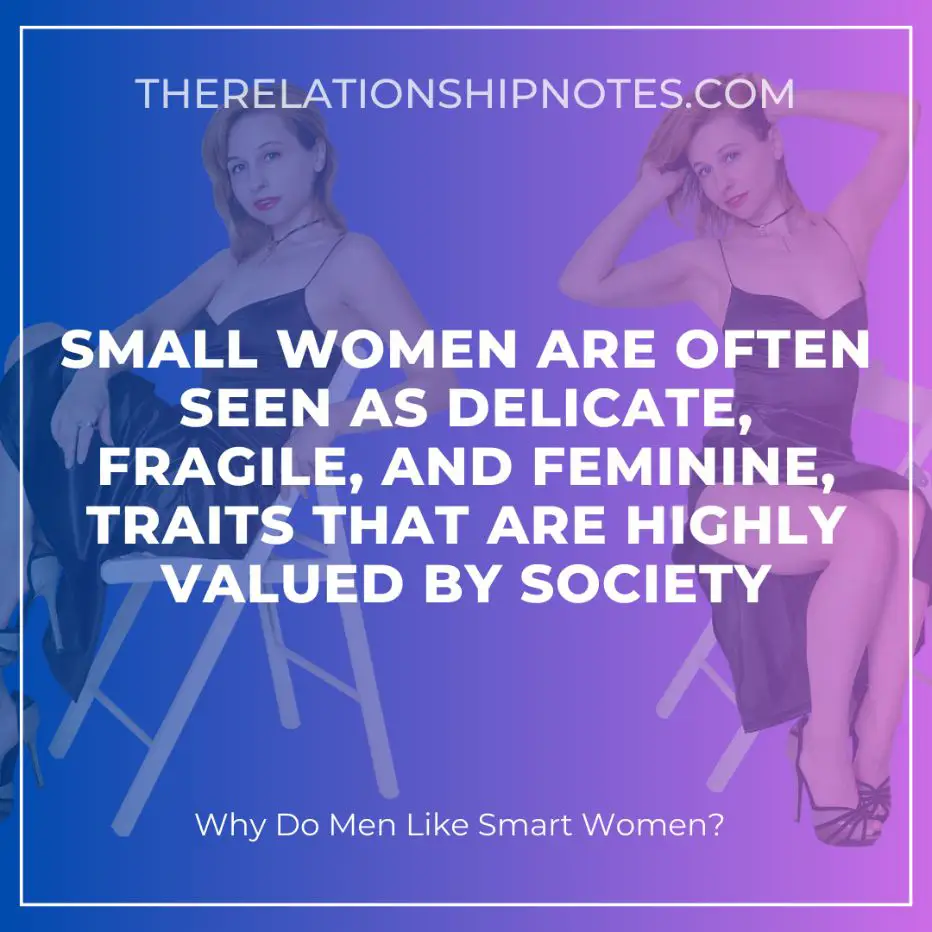
This societal norm of taller men and shorter women has been reinforced in media and popular culture, leading to a subconscious association between dominance and height.
Another theory suggests that stereotypes about small women lead to their attractiveness.
Small women are often seen as delicate, fragile, and feminine, traits that are highly valued by society.
These stereotypes perpetuate the belief that petite women need protection and care from their male partners.
As a result, men who prefer smaller women may do so because they want to fulfill this role of protector.
However, it is important to note that these theories do not apply to all men or relationships.
Individual preferences vary greatly among people, and factors beyond physical appearance also play a significant role in attraction.
Additionally, gender roles and expectations are constantly evolving in society, challenging traditional norms regarding size differences in romantic partnerships.
4. Evolutionary Biology And Mate Selection
It is no secret that many men prefer smaller women as romantic partners.
However, this preference cannot be solely attributed to societal beauty standards or personal taste.
Evolutionary biology plays a significant role in mate selection and height differences between genders.
According to evolutionary advantages, taller males were favored for their ability to protect their families from predators and other threats.
On the other hand, shorter females were preferred for their lower energy requirements during pregnancy and childbirth.
These traits have been passed down through generations, resulting in the current trend of men seeking out petite women as potential mates.
Moreover, physical health also contributes to attraction towards small women.
Studies suggest that individuals with a lower body mass index (BMI) are seen as healthier and more fertile than those with higher BMIs.
This perception may explain why some men gravitate towards slender women over curvier ones.
Height differences can also play into perceived dominance within relationships.
Research shows that taller individuals are often viewed as more dominant in social situations, which translates into romantic relationships as well.
Therefore, when a man chooses a smaller partner, he may feel more powerful or in control of the relationship dynamics.
Overall, while individual preferences certainly come into play when it comes to choosing a partner, there are underlying biological factors at work as well.
Understanding these evolutionary and physical influences can shed light on why certain attractions exist between different types of people without resorting to simplistic explanations based on stereotypes or superficial appearances.
5. Instinctive Desire To Protect And Provide
Gender dynamics play a crucial role in shaping romantic relationships.
Biologically, men have an instinctive desire to protect and provide for their partners.
This innate urge stems from the traditional gender roles where men were seen as the breadwinners and women as homemakers.
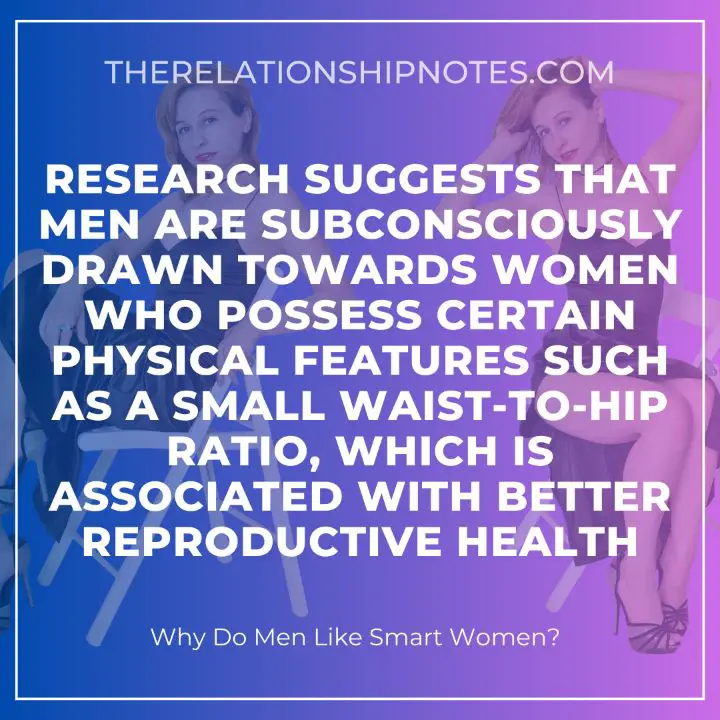
As a result, men tend to be attracted to smaller women as they perceive them as more delicate and in need of protection.
Furthermore, research suggests that men are subconsciously drawn towards women who possess certain physical features such as a small waist-to-hip ratio, which is associated with better reproductive health.
Similarly, petite women are often perceived as youthful, feminine, and submissive – qualities that align with societal expectations of femininity.
These factors may explain why men find themselves attracted to smaller women.
However, it is important to note that not all men prefer small women and vice versa.
Attraction is complex and influenced by various factors including personal preferences, cultural norms, and individual experiences.
Therefore, while there may be some biological basis for why some men like small women, it cannot be generalized across all individuals or cultures.
- Smallness does not equate weakness: It is essential to recognize that being small does not make someone weak or powerless. Petite women can also possess strength and resilience both physically and emotionally.
- Personal preference plays a significant role: While biology may influence attraction to some extent, ultimately personal preference takes precedence when it comes to choosing a partner.
- The importance of mutual respect: Regardless of one’s size or gender identity, mutual respect should always serve as the foundation for any healthy relationship. Both partners should feel valued and supported without feeling belittled or undermined due to their physical attributes.
In summary, while there may exist an instinctive desire among some men to protect and provide for smaller women due to traditional gender roles expectations; attraction remains multi-faceted phenomenon shaped by various influences rather than just biological determinism alone.
Ultimately what matters most is that partners in healthy relationships respect and care for each other, regardless of their physical attributes.
6. Cultural Influences On Beauty Standards
Historical influences have played a significant role in shaping beauty standards, especially for women.
For instance, during the Renaissance period in Europe, plumpness was considered an attractive feature because it represented wealth and prosperity.
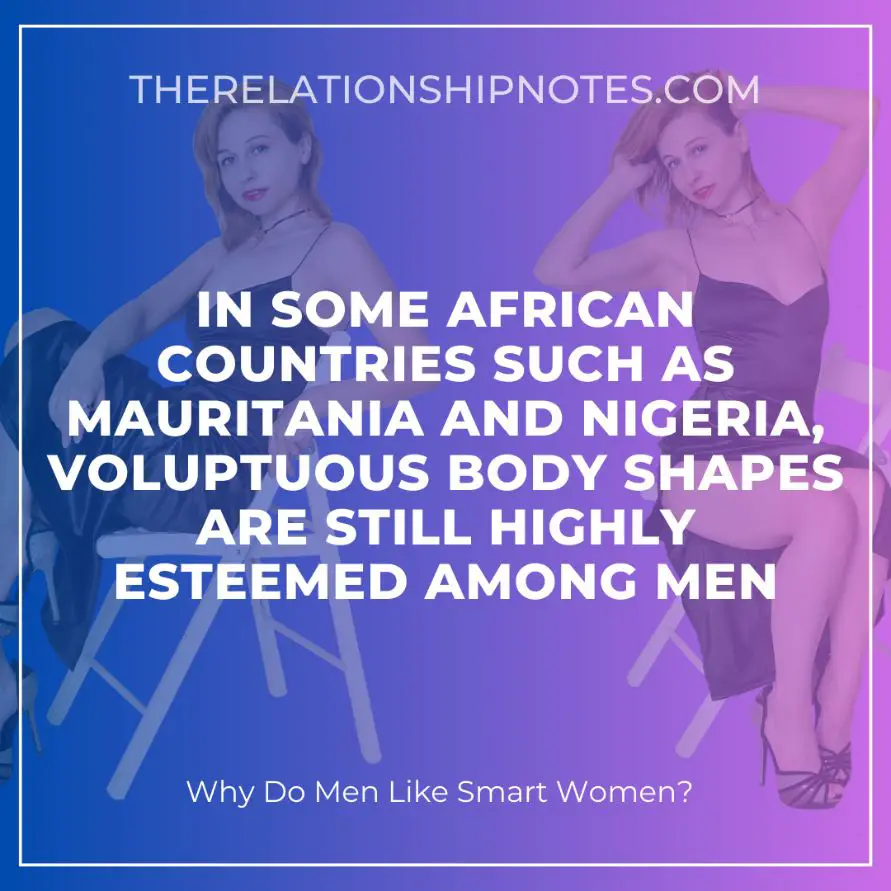
However, over time, this perception has changed significantly.
In contemporary times, thinness is often linked with beauty and youthfulness.
Global variations in cultural perceptions of beauty are also evident around the world.
For example, in some African countries such as Mauritania and Nigeria, voluptuous body shapes are still highly esteemed among men.
Similarly, in many Asian cultures such as Japan and China, petite bodies are preferred by males.
Cultural factors play a vital role in determining what society considers beautiful or desirable.
These factors include media representation of idealized features and societal norms that dictate how people should look like to fit into certain social groups.
Given these various influences on beauty standards across different regions worldwide, it is difficult to pinpoint one specific reason why men prefer small women universally.
7. Thinness As A Marker Of Femininity
Cultural influences on beauty standards have a significant impact on what is considered attractive in different societies.
Thinness, for example, has been highly valued in Western cultures as it is often associated with femininity and attractiveness.
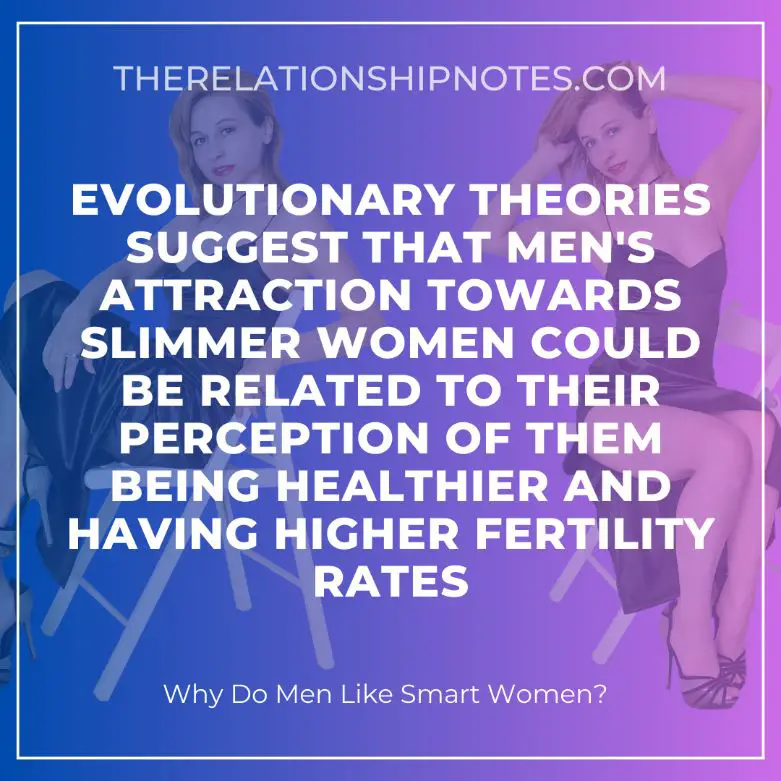
This can be seen through media representations of women who are predominantly thin and small-framed.
However, this preference for smaller women among men may also stem from the belief that they appear more delicate and vulnerable.
In contrast to larger body types which may convey strength and dominance, smaller bodies could elicit protective instincts in men.
Moreover, evolutionary theories suggest that men’s attraction towards slimmer women could be related to their perception of them being healthier and having higher fertility rates.
Despite these societal expectations, there has been a growing movement towards body positivity and diversity representation.
This shift highlights the need for increased acceptance and appreciation of different body shapes and sizes beyond the narrow beauty ideals perpetuated by mainstream media.
By promoting diverse representations of beauty, we can challenge harmful stereotypes surrounding body image and encourage greater self-love amongst individuals regardless of their size or shape.
- Body positivity emphasizes self-love and confidence irrespective of one’s appearance.
- Diversity representation promotes inclusivity while celebrating uniqueness.
- Beauty standards should reflect the varied preferences within society rather than conforming to a singular ideal.
As such, it is crucial to recognize how cultural norms affect our perceptions of attractiveness while advocating for greater diversity representation within the media landscape.
Through creating an environment that values all forms of beauty, we can cultivate a positive attitude towards individual differences in both ourselves and others around us.
Ultimately, true beauty comes from embracing our unique qualities rather than fitting into restrictive molds dictated by societal expectations.
8. The Appeal Of Delicacy And Vulnerability
The appeal of delicacy and vulnerability is a topic that has been widely discussed in the realm of human attraction.
Men, in particular, have been observed to be drawn towards women who possess these qualities.
While this trend may be seen as problematic from a feminist critique perspective, it cannot be denied that there are social and cultural factors at play here.
One explanation for why men prefer small or delicate-looking women could stem from evolutionary psychology theories.
Biologically speaking, men are naturally attracted to traits that signify fertility and youthfulness.
A smaller physique can indicate youthfulness and thus increase one’s attractiveness in the eyes of potential mates.
However, it would be misguided to suggest that all men share the same preferences when it comes to physical appearance.
With the rise of the body positivity movement, more individuals are embracing diverse body types and rejecting traditional beauty standards.
This shift suggests that society’s expectations around what constitutes an attractive body type are evolving rapidly.
In light of ongoing discussions surrounding gender roles and societal norms, understanding what drives people’s attraction towards certain physical attributes is a complex issue with many layers.
The appeal of delicacy and vulnerability is just one aspect worth exploring further in order to appreciate its impact on how we perceive ourselves and each other.
9. Psychological Factors In Attraction
The appeal of delicacy and vulnerability is one factor that contributes to why men may prefer smaller women.
However, there are also psychological factors at play in attraction.
One such factor is cognitive biases.
Cognitive biases are mental shortcuts or patterns of thinking that can impact our perceptions and judgments.
For example, the halo effect describes how we tend to assume that people who possess one positive trait must also have other positive traits.
In the context of physical attractiveness, a man may attribute qualities such as kindness or intelligence to a woman simply because she meets his standards for beauty.
In addition to cognitive biases, personal experiences can shape what individuals find attractive.
Men who were raised with mothers or sisters who were petite may associate smallness with femininity and therefore find it more desirable in a partner.
Similarly, cultural ideals surrounding beauty can influence individual preferences.
Five possible reasons why men like small women:
- Cognitive biases impacting perceptions of attractiveness
- Association between smallness and femininity due to personal experiences
- Cultural ideals promoting smaller body types as attractive
- Desire for perceived protectiveness over a partner
- Aesthetically pleasing proportions
Overall, while the appeal of delicacy and vulnerability is certainly relevant to this topic, it’s important to consider the larger picture when exploring questions about attraction.
Factors ranging from cognitive biases to personal experiences all contribute to individual preferences, making it difficult if not impossible to make blanket statements about what any given group “likes.”
10. Gender Roles And Stereotypes
The question of why men like small women is often linked to gender norms and societal expectations.
Throughout history, there has been a pervasive belief that men should be bigger and stronger than women.
This notion has contributed to the idea that smaller women are more feminine and therefore more desirable to men.
Gender roles and stereotypes continue to play a significant role in shaping our perceptions of attractiveness.
For instance, society expects men to be taller than women, which means that shorter women may appear more delicate or diminutive by comparison.
Similarly, conventional beauty standards emphasize slender bodies for both men and women, but these expectations can be even more pronounced for women who are expected to conform to traditional notions of femininity.
It’s important to note that these beliefs are not universal or innate; they are learned through socialization processes that reinforce particular ideas about gendered behavior and appearance.
Men who prefer smaller partners may do so because they have internalized these messages from their environment, without necessarily understanding the cultural context behind their preferences.
Ultimately, it’s impossible to generalize about what all men find attractive in women – just as it would be inaccurate to make sweeping statements about any group based on superficial characteristics.
Instead, we need to challenge narrow definitions of beauty and masculinity by recognizing the ways in which they contribute to harmful gender norms and stereotypes.
By doing so, we can create a more inclusive society where people of all genders feel valued for who they are rather than judged solely on physical attributes.
11. Implications For Human Relationships And Sexuality
The preference for small women among men has been a topic of discussion in the realm of human relationships and sexuality.
While some argue that it is rooted in societal expectations and gender norms, others believe it may be due to biological factors such as evolutionary adaptations.
Regardless of the reason, this preference can have implications for body positivity and alternative preferences.
One potential implication is the perpetuation of unrealistic beauty standards for women.
The pressure to conform to these standards, including being petite and thin, can negatively impact women’s self-esteem and body image.
Further, those who do not fit into this narrow ideal may feel marginalized or undesirable.
It is crucial to promote body positivity and acceptance of all body types to combat these harmful effects.
Another possible implication is the dismissal of alternative preferences.
Just as individuals vary in their physical attributes and personal tastes, they also differ in what they find attractive in a partner.
Focusing solely on one specific type of individual reinforces rigid notions of attractiveness while disregarding other forms of beauty.
Embracing diverse preferences can lead to more fulfilling romantic relationships based on mutual attraction rather than societal pressures.
- Body shaming can lead to negative mental health outcomes
- Acknowledging different preferences promotes inclusivity
- Alternative media representation celebrates diversity
- Encouraging positive language around bodies leads to greater acceptance
Overall, understanding the implications surrounding men’s preference for small women highlights the importance of promoting body positivity and embracing diverse preferences.
These efforts can foster healthier attitudes towards physical appearance while creating more inclusive spaces for people with varying tastes and features.
More Guides:
Why Do Men Like To Choke During Sex
Conclusion
In conclusion, while there may not be a definitive answer as to why men often prefer small women, social science research and evolutionary biology suggest several possible explanations.
These include an instinctive desire to protect and provide for smaller partners, the appeal of delicacy and vulnerability, and societal expectations surrounding gender roles.
However, it is important to recognize that individual preferences vary greatly and should not be used to make sweeping generalizations about all men or all women.
Furthermore, focusing solely on physical attributes can overlook the importance of personality traits, shared interests, and emotional connection in forming fulfilling relationships.
As researchers continue to explore the complex factors influencing mate selection, we must approach these topics with nuance and sensitivity towards diverse perspectives.
